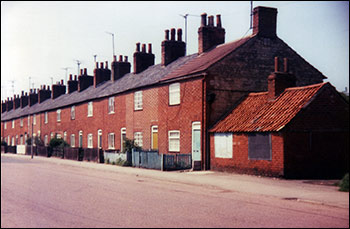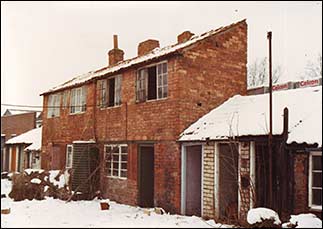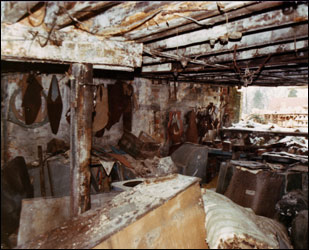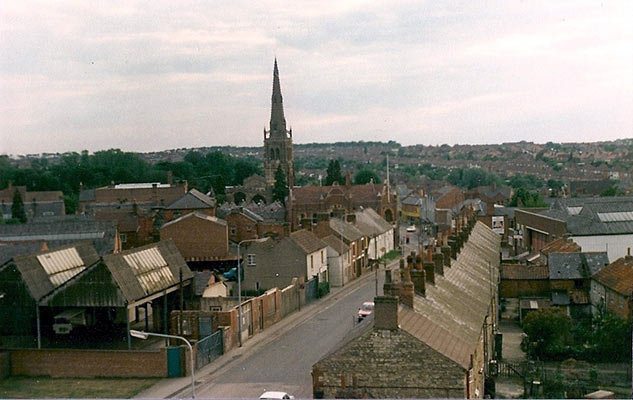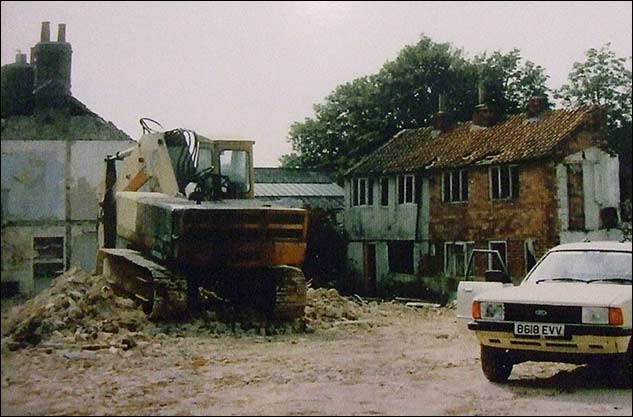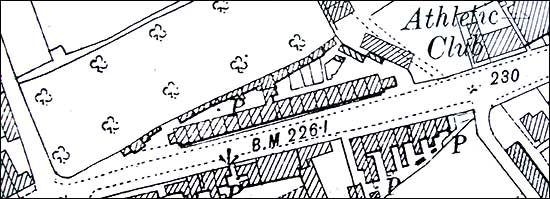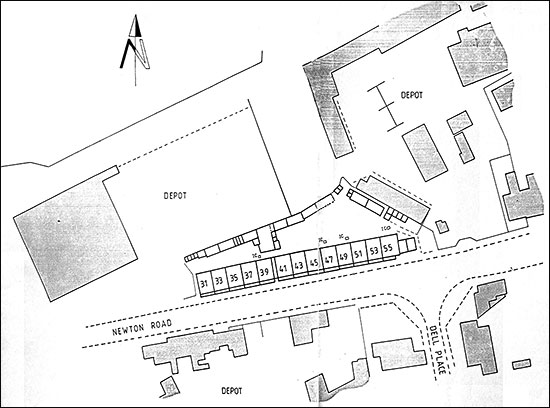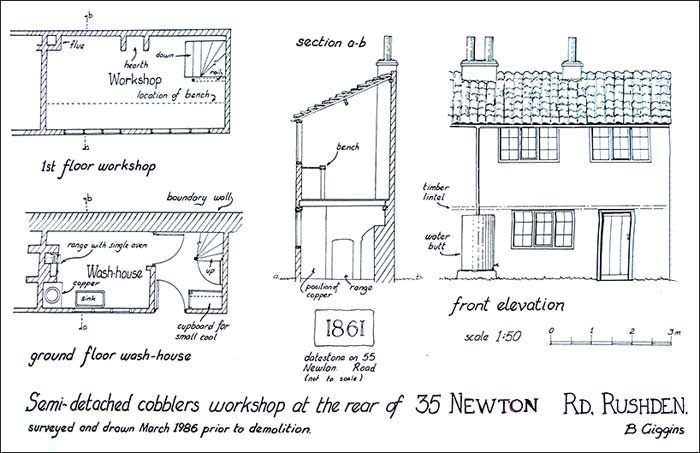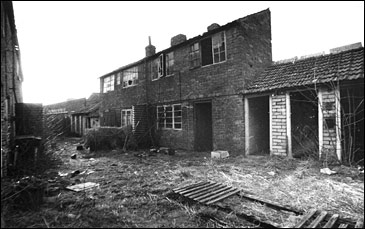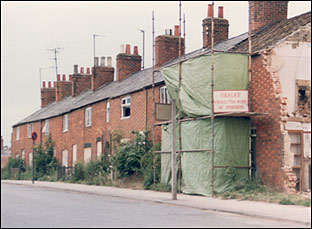|
|||||||||||||
|
Ebenezer Terrace & Workshops
|
|||||||||||||
|
|||||||||||||
|
The terrace of 16 houses in Newton Road, close to the junction with Rectory Road, was built in 1861, by Samuel Knight. [possibly named after his brother Ebenezer Knight]
The cottages were owned in1910 by the Radburne family. They traded in the High Street as milliners and lace dealers. Many different tradesmen operated from these Workshops including carpenters, pattern makers and clickers. Charles Ette having purchased a business in Ebenezer-terrace, from Mr. Robert Dickens, ran his bakery at No 8 and in 1901 Jim Bugby, fishmonger, was the occupier, but he moved into 117 High Street soon after, and William Lockie moved to the property. |
|||||||||||||
Charles Ette the baker also traded from the Terrace, later moving to the corner of Pratt Road and Newton Road. Lillian Darnell opened a shop at No. 16 in the 1920's, in the front room of her 'two up two down' cottage. Mrs. Darnell sold everything, including tea, sugar, candles, snuff, cigarettes, and block salt. Sometimes people would knock on the back door when the shop was closed and say "I've run out of" something or other, and Lilian would sell them whatever they were needing. She also sold home-made ice cream made from cream purchased. About 1949 the first two cottages were demolished to make way for the United Counties bus garage. Athough the people living in the terrace at the time did not want to leave, the cottages were demolished in 1986 and the date stone was incorporated into the wall of the car park that replaced the terrace. That wall is already showing signs of decay with bricks eroding.
|
|||||||||||||
